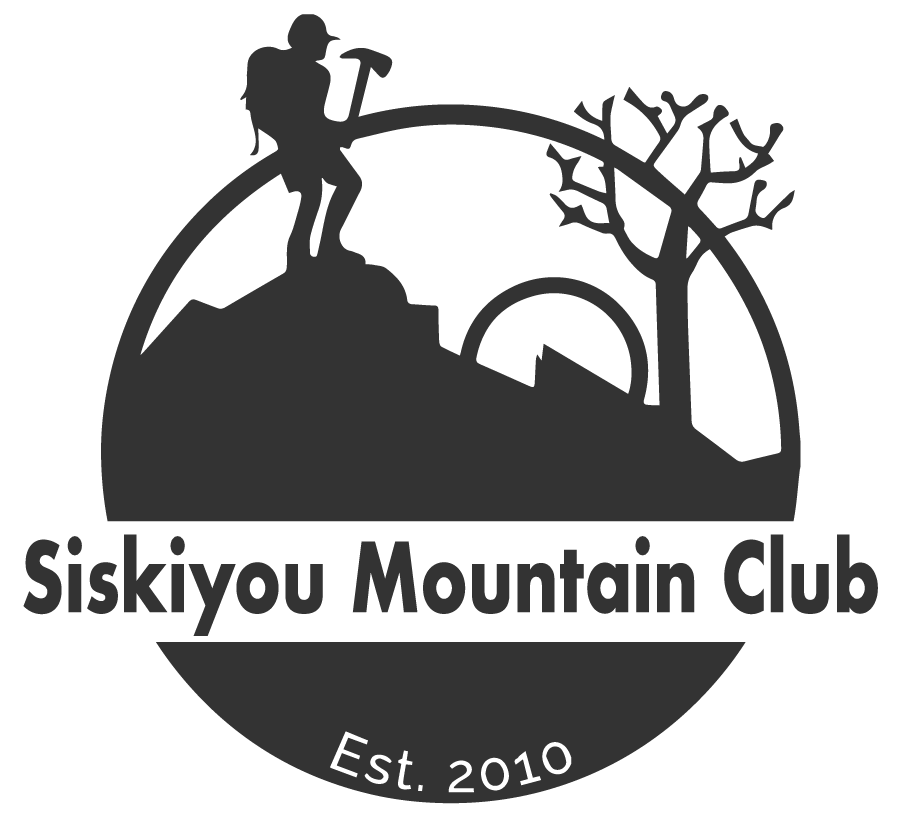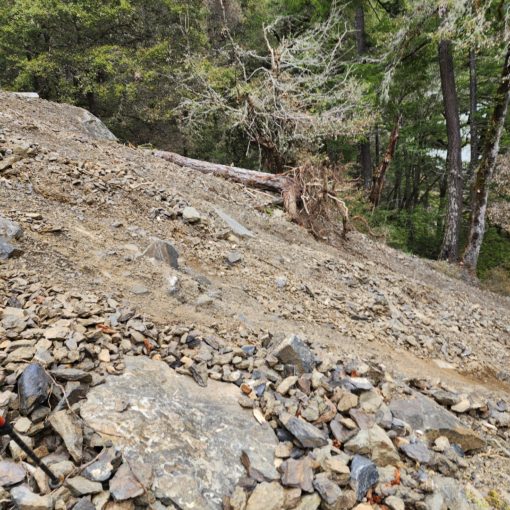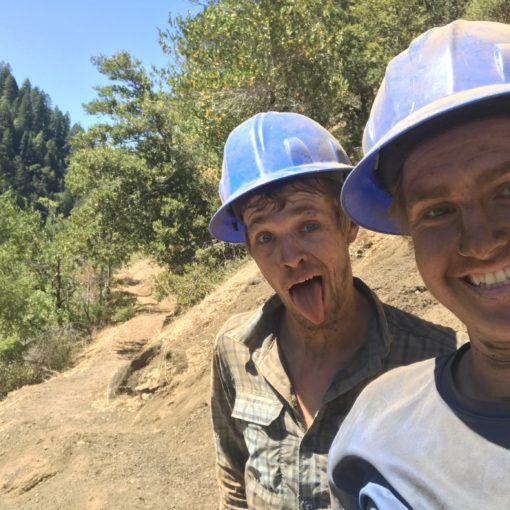By Gabe Howe, SMC Director/Field Coordinator
Ashland, OR | 26 October 2012 — I recently published an article through the Medford Mailtribune’s Oregon Outdoors section that directed readers through online map resources and how to use them. The resource I gave less attention to was the USGS map locator and downloader.
The map locator and downloader may deserve a little more credit, so here are some easy tips to help you use the service more easily.
Head over to store.usgs.gov and click on the link for the map locator. A Google map appears. Use it to scroll, center and zoom to find your area of interest. When you have found the general area you’re interested in, click the “Mark Points” bubble just to the right of the map.
A grid should appear with different names for quadrangle map sections. When you’re ready to locate the USGS topo map you want, click on the map and a red tear-dropped shape bubble will appear; click it.
 |
From there, a pop-up window comes out with a few different options on it. First, notice that you can download either a detailed 7.5-minute quadrangle, or a 15-minute quadrangle, which is less detailed than the 7.5-minute but also covers more space. I almost always want the 7.5 minute version.
Also notice that there are different year releases, which has posed some serious problems, at least in my USGS map finding in southwest Oregon.
In 2011, a whole slug of new quadrangles came out, but a good number of them omit designated roads, trails, and other really important features like section numbers and county gridlines.
 |
| Same 7.5-minute quadrangle downloads, much different information. |
Check out the difference between this 2011 release of the Josephine Mountain 7.5-minute quad and this 1998 release of the same map.
Any backcountry user is going to go with the older, wiser map.
Each USGS quad is available in PDF format which makes for large files. And for those of us that prefer having map in the field, printing the PDFs is the quickest way to topographic freedom.
Despite creating some confusion, the folks at the USGS are doing a great job of making information available, and they deserve credit. Just a few years ago, USGS quadrangle maps were still being held hostage.



